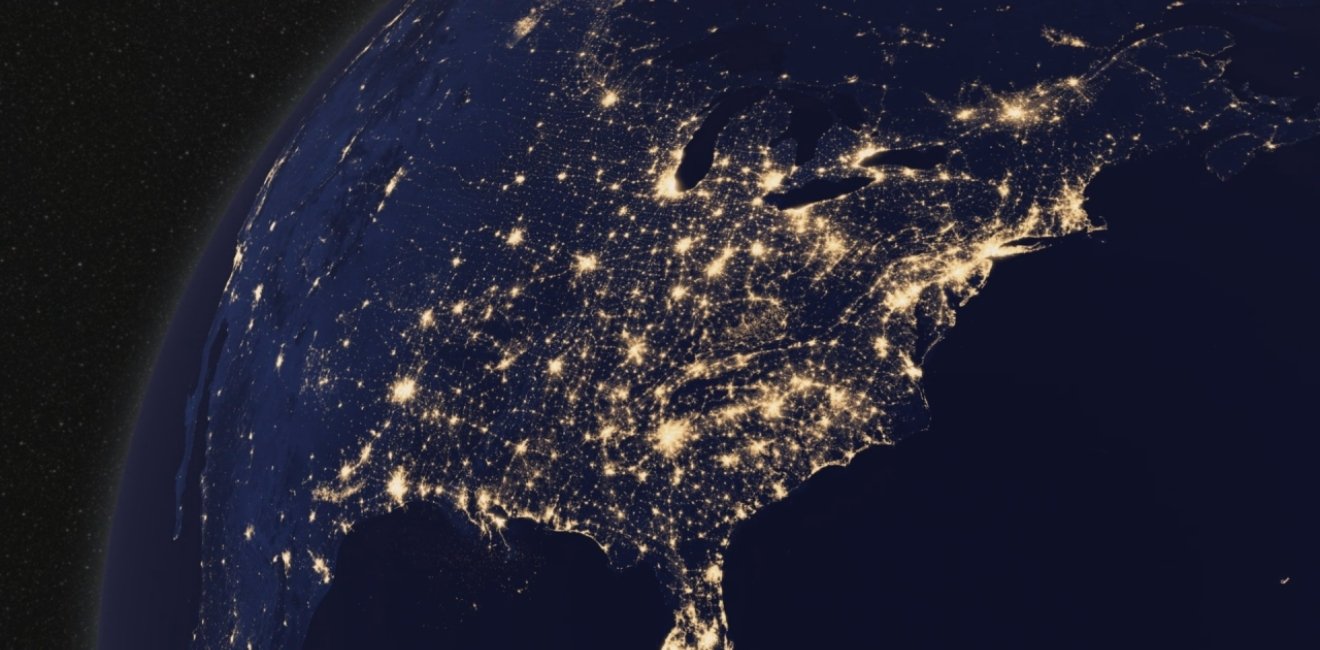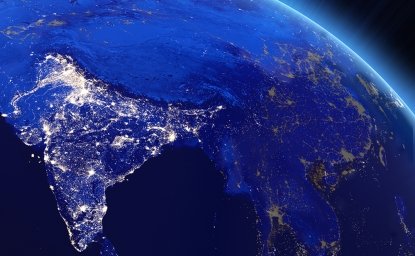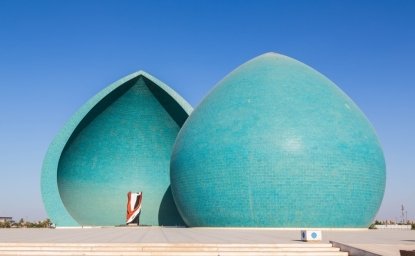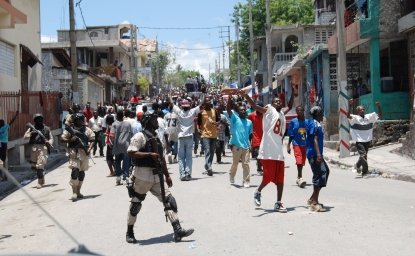Abstract
The principle of conflict resolution occupies a prominent role in U.S. history. It has animated some of America’s most admired historical figures, and today it constitutes a common theme across academia and civil society. And once the United States became a top power in the 20th century, it became a major focus of U.S. foreign policy as well—albeit with limited degrees of success.
There is some irony in all this, given that America’s early history is steeped in violence and conflict. It gained its independence following a violent rebellion against British rule. There was also the massacre of Native American populations, the War of 1812, the brutalities of slavery, and a bloody civil war.
Critical Civil Society Contributions
And yet, despite this violent distant past, American society still enjoys a robust legacy of conflict resolution and nonviolence. To be sure, it lacks the deep heritage and religious and philosophical belief system undergirding nonviolence that is endemic to India—a rich tradition nicely articulated by Dr. Jyoti Pathania in her companion essay. But America has nonetheless made a very important contribution. It is perhaps best embodied in the long line of iconic American figures determined to overcome—and resolve—societal tensions and conflict through nonviolent advocacy.
For example, there were the abolitionists Frederick Douglass, who became one of America’s greatest anti-slavery orators, and Harry Tubman, who helped manage the famous Underground Railroad—the covert transport system that helped whisk slaves away to freedom. Later, early in the 20th century, there was Jane Addams, who became a prominent advocate for a variety of causes ranging from world peace to women’s rights.
Then came the U.S. civil rights movement. Its main leader, the Reverend Martin Luther King, Jr., often cited the influence of Mahatma Gandhi on his work. King once wrote that “Gandhi was the guiding light of our technique of nonviolent social change” during the 1955-56 Montgomery bus boycott—the successful effort by African-Americans to protest racial segregation on public transit in the Alabama state capital by not riding city buses. King visited India in 1959 and met with the late Gandhi’s family. After his trip, he wrote: “It was a marvelous thing to see the amazing results of a nonviolent campaign,”
Less well known in this tale is that John Lewis, another civil rights leader who later became a U.S. congressman, was also deeply influenced by Gandhi. He studied Gandhi in workshops on nonviolence, which would later guide Lewis when he staged sit-ins at lunch counters to protest segregation in restaurants in Tennessee.
As tensions within American society evolved later on, fresh campaigns of civil disobedience emerged that aimed to resolve new problems. Cesar Chavez, an activist who became prominent in the 1960s and 1970s, advocated on behalf of American small farmers and Latin American immigrants. Later in the 1970s, in response to rising crime in New York City, a group called the Guardian Angels was formed to patrol public transport in the city and to promote nonviolence. Clad in trademark red berets, the Guardian Angels looked out for people’s safety, made citizens’ arrests, and offered education programs for schools and businesses. The Guardian Angels are still active in New York today, and were seen patrolling the Crown Heights neighborhood of Brooklyn earlier this month after a rash of violent attacks on the Jewish community.
This legacy of nonviolent advocacy is complemented by a rich scholarly contribution to conflict resolution. It is a common field of study at American universities. Think tanks also embrace the study of conflict resolution, with several of them—such as the U.S. Institute of Peace and Stimson Center—adapting it as the overarching theme of their activities. There is also a flagship scholarly publication, the peer-reviewed Journal of Conflict Resolution, which has been in operation since 1957. The study of conflict resolution has also gone mainstream, as evidenced by the best-selling 1981 book Getting To Yes, which was published by three scholars at the Harvard Negotiation Project and focuses on how to successfully negotiate personal and professional disputes. The most recent updated edition was published in 2011.
Internationalizing Conflict Resolution
In recent decades, American civil society has increasingly oriented its conflict resolution efforts around disputes outside the United States. One example is the Track II dialogue process, a form of diplomacy that entails discussions between nongovernment interlocutors meant to build trust and pursue cooperation during trying times for relations between the interlocutors’ countries. The objective is for experts and former policymakers to try to lay the groundwork for smoother exchanges on official levels. A prominent U.S. public intellectual named Norman Cousins is credited with establishing the Track II process in 1960. After a U.S. spy jet was downed over Soviet skies in May of that year, Cousins invited a group of private American and Russian citizens to a meeting at Dartmouth College to discuss ways forward. Today, a variety of U.S. universities and think tanks sponsor Track IIs.
Then, in 1993, an American journalist named John Wallach established Seeds of Peace, an organization that recruits young people from conflicted countries to spend time together at a camp in Maine. This is one of America’s most well-known and sustained contributions to conflict resolution. To this point, Seeds of Peace has produced nearly 7,000 graduates from the Middle East, India and Pakistan, and the Balkans.
Once the United States became a superpower in the 20th century, conflict resolution became a component of U.S. foreign policy—though here, the results are mixed. On the one hand, the U.S. government has successfully brokered several peace accords. The Bill Clinton administration deserves specific credit in this regard. It helped produce the Oslo Accords between the Israelis and the Palestinians. Led by the late Richard Holbrooke, it also helped end conflict in the Balkans (for a short-lived period) with the Dayton Accords. Additionally, the Clinton administration, led by special envoy George Mitchell, helped broker the Good Friday Agreement that ended conflict in Northern Ireland.
More broadly, U.S. government mediation has helped deescalate tensions between conflicted states—including India and Pakistan. It has also mediated internal political crises in other countries. One notable recent example was Secretary of State John Kerry’s negotiation of a power-sharing deal between the Afghan leaders Ashraf Ghani and Abdullah Abdullah after Afghanistan’s contested 2014 presidential election.
Challenges to Externally Focused Conflict Resolution
Not surprisingly, Washington has been less successful in areas of international conflict resolution where it is one of the parties to the conflict.
Washington was successful in helping negotiate peace deals after the first and second world wars—conventional conflicts, featuring state actors, in which America was on the winning side. The Korean War proved more of a challenge, but ultimately it resulted in a truce that has held up to the present day.
The Vietnam War marked a new phase of U.S. forces squaring off against non-state actors on the battlefield and struggling to reach agreements to end the fighting. In April 1975, U.S. military helicopters evacuated the remaining Americans from Vietnam at the U.S. embassy in Saigon. The war ended soon thereafter with the victory of America’s North Vietnamese enemies.
Later, in Iraq and Afghanistan, U.S. forces achieved their early military objectives, only to confront powerful insurgencies spawned by the U.S. military presence. Today in Afghanistan, American negotiators are trying to reach a deal with the Taliban that would enable U.S. forces to start withdrawing from the country—but such a deal, if finalized, would not end the war. It would likely result, at most, in a ceasefire that would stop attacks against US troops—but not against the Afghan security forces on the front lines of the war.
Takeaways
Two major conclusions emerge from this discussion.
First, American civil society is blessed with a rich tradition of organizations and individuals committed to conflict resolution. Given the current environment in the United States—one marked by deepening political and social polarization and divisions, as well as intensifying anti-immigrant and racist sentiment—it’s high time to tap in to this tradition more robustly. One idea is to take the remarkably simple Seeds of Peace model—bring people out of their conflict zones into safe spaces to calmly negotiate ways forward with their rivals—and widen it so that it targets people in the United States. Seeds of Peace itself has now started bringing young people from different American cities to its camp.
Second, pursuing conflict resolution in global disputes is more difficult in today’s complex world than it was earlier in history. Non-state nemeses hold increasing sway in a world in which nation states are not as powerful as they used to be. And the negotiating styles of the former differ from the latter’s. U.S. governments will have to take into account these changing realities of international relations, and consider course corrections in conflict resolution approaches abroad.
Indeed, as challenging as it is to pursue conflict resolution at home, it’s arguably even harder to do it overseas.
This piece is part of a joint research collaboration project between the Woodrow Wilson Center and the Centre for Land Warfare Studies in New Delhi.






